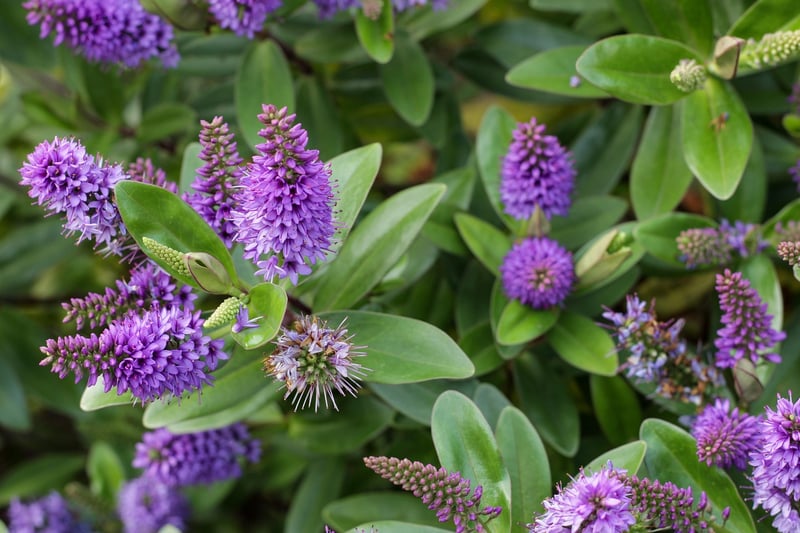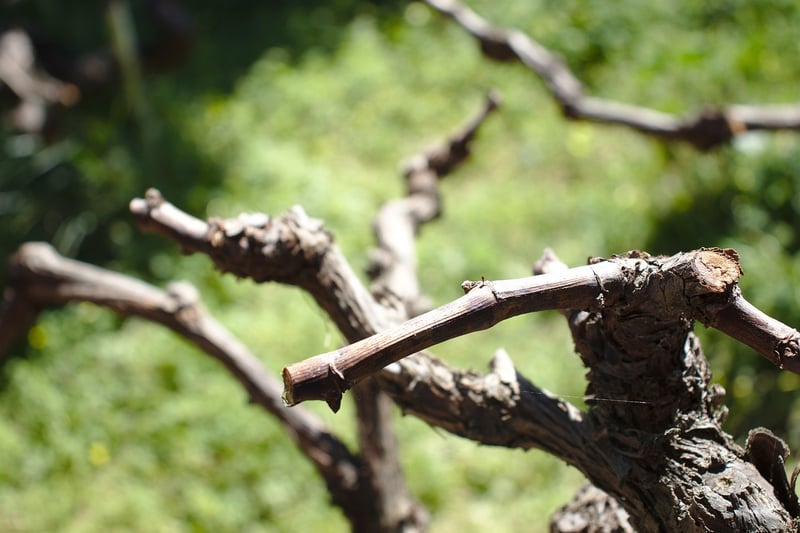Pruning Guidelines
Maintaining Healthy Plants: Pruning Guidelines
Proper pruning is an essential practice for maintaining healthy plants. By removing dead or overgrown branches, you can encourage new growth, improve air circulation, and enhance the overall appearance of your plants. Here are some guidelines to help you master the art of pruning:
1. Use the Right Tools
Invest in high-quality pruning shears, loppers, and saws to ensure clean cuts that promote faster healing. Keep your tools sharp and clean to prevent the spread of diseases between plants.
2. Know When to Prune
Prune deciduous trees in late winter or early spring before new growth emerges. For flowering shrubs, prune after they bloom to avoid cutting off next year's flower buds. Evergreen plants can be pruned lightly throughout the year.
3. Identify Problematic Branches
Look for dead, diseased, or crossing branches that can hinder plant growth. Remove these branches first to improve the plant's health and structure.
4. Follow Proper Pruning Techniques
Make clean cuts close to the branch collar without leaving stubs. Cut at a 45-degree angle to promote healing and prevent water from collecting on the cut surface.
5. Consider Plant Type
Understand the growth habits of different plants before pruning. Some plants, like roses, require specific pruning techniques to encourage flowering, while others may only need light shaping.
6. Monitor Plant Response
After pruning, observe how the plant responds. Healthy plants will show new growth at the pruning site, while stressed plants may need extra care and attention.
7. Practice Regular Maintenance
Make pruning a regular part of your plant care routine. By staying proactive, you can prevent overgrowth and maintain the health and beauty of your plants throughout the year.

Remember, pruning is both a science and an art. With practice and patience, you can develop the skills needed to keep your plants thriving and looking their best. Happy pruning!
